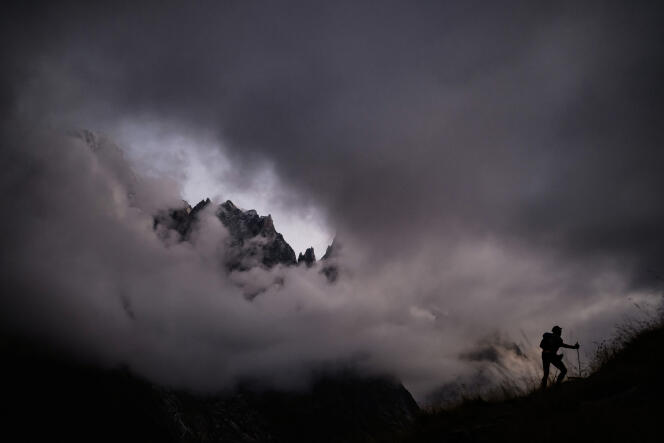Ten thousand steps and more. One hundred and sixty-five kilometers on foot on Reunion Island, with 10,000 meters of elevation gain. The Diagonale des fous, the 2023 edition of which took place from October 19 to 22, won by the Frenchman Aurélien Dunand-Pallaz in 23 hours 21 minutes, is one of the legendary ultra-trail events (long distance on trail), with the Ultra-Trail du Mont Blanc (171 kilometers and 10,000 meters of elevation gain), the 100 miles (161 kilometers) in the United States…
On trails but also on the road, so-called ultra-endurance or ultra-distance races, defined by a distance greater than the 42.195 kilometers of the marathon or a duration of more than six hours, are increasingly popular. Between 2005 and 2019, their numbers increased exponentially worldwide, from less than 1,000 to more than 7,000. Ditto for the number of participants crossing the finish line, which jumped from 89,597 in 2005 to 682,156 in 2019, notes an international team of researchers in an article published online on September 26 in review Sports Medicine.
But what are the factors influencing performance in these extraordinary races? This is what Nicolas Berger (Teeside University, United Kingdom) and his colleagues from different disciplines identified in their publication, based on competition data and experimental results. The undertaking is more delicate than for the long-distance events.
“In marathons, there are mainly three performance factorsexplains Guillaume Millet, professor of exercise physiology at the University of Saint-Etienne, and co-author of the article. First there is the maximum oxygen consumption, which corresponds in some way to the power of the engine. Then there is endurance, basically the level of revs at which we can last, and finally the energy cost, equivalent to gasoline consumption per 100 kilometers. In ultra-distance races, we find these three parameters, but it is more complex. »
First of all, Nicolas Berger and his co-authors would like to emphasize that this type of practice is not natural for humans. “We should not view ultra-endurance racing as the ultimate expression of the evolution of our physical nature, nor ultra-distance runners as current representatives of our distant ancestors”they write, noting that ultra competitions challenge our endurance abilities to degrees that our ancestors rarely faced.
You have 52.28% of this article left to read. The rest is reserved for subscribers.
